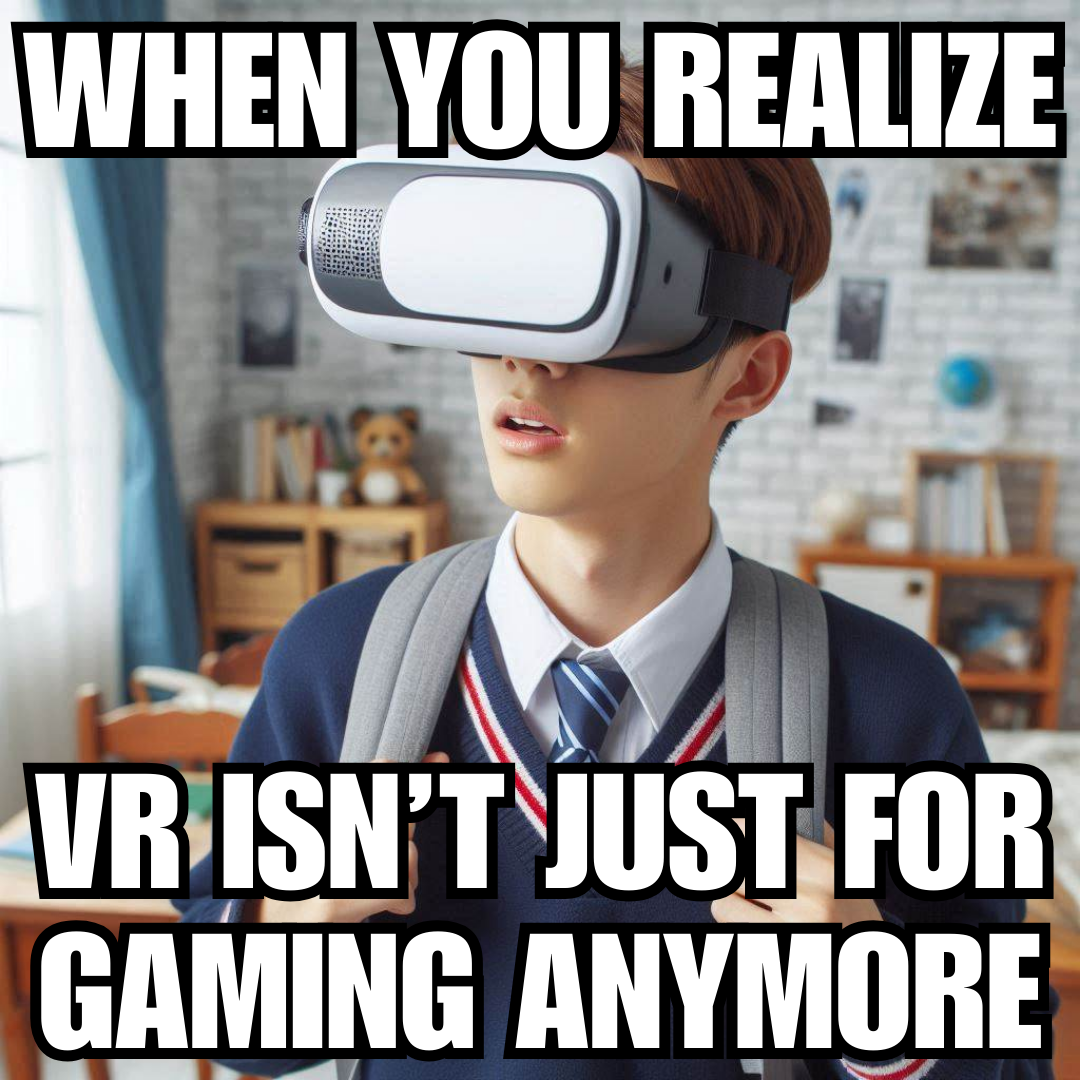Ever thought virtual reality (VR) was just for gamers and tech enthusiasts? Think again! The world of education is buzzing with the potential of VR, especially for students with social competency learning gaps. This research shows the fanciest headsets or the most immersive experiences are not required for efficacy.
A recent study by Carreon et al. (2023) revealed that both fully-immersive VR (think fancy headsets) and non-immersive VR (think Chromebooks and iPads) can significantly boost social skills in middle schoolers with Autism Spectrum Disorders (ASD). The “so what” of the research: It’s all about the quality of the VR content, not just how “real” it feels.

The Classroom Conundrum: Making VR Work for Everyone
Now, let’s translate this research into actionable classroom strategies. The study’s findings point towards a more inclusive and effective use of VR:
Unlocking the Power of Everyday Tech
Forget the notion that you need a gazillion-dollar VR setup. This study proves that even humble devices like Chromebooks can work wonders for teaching students to implement social skills.
Content is King
This study shows that the quality of the VR experience trumps the level of immersion. Ditch the flashy and expensive hardware and focus on evidence-based, well-structured VR programs that cater to your students’ unique needs.
Teachers: The Unsung Heroes of VR
The Unsung Heroes of VR: VR is a tool that needs a skilled craftsman. Teachers play a crucial role in guiding students through the VR experience, providing support, and connecting the virtual world to real-life situations.
VR as a Time-Saver
Time is a precious commodity in the classroom. The study shows that even short VR interventions can yield impressive results. VR can be a way to help teachers find enough time for SEL!
Carreon, A., Smith, S. J., Frey, B., Rowland, A., & Mosher, M. (2023). Comparing immersive VR and non-immersive VR on social skill acquisition for students in middle school with ASD. Journal of Research on Technology in Education, 56(5), 530–543. https://doi.org/10.1080/15391523.2023.2182851

